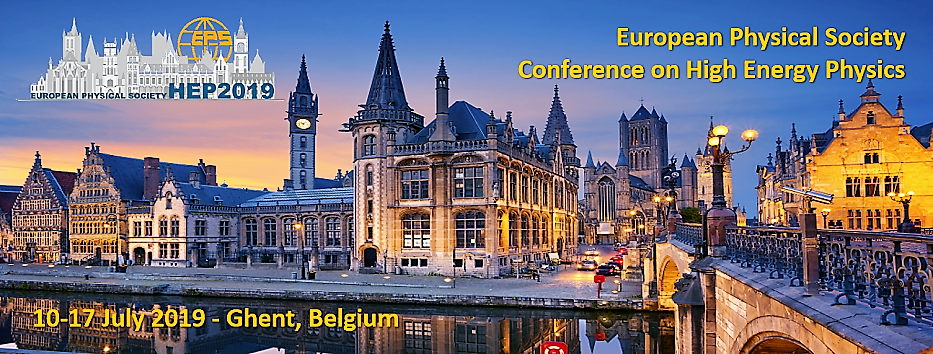Speaker
Description
The High Luminosity upgrade of the CERN Large Hadron Collider (HL-LHC) calls for a new high-radiation tolerant solid-state pixel sensor, capable of surviving irradiation fluencies up to a 2.3 x 10^16 1 MeV equivalent neutrons per cm^2 at 3 cm from the interaction point. To this extent, the INFN ATLAS-CMS joint research activity, in collaboration with Fondazione Bruno Kessler, is aiming at the development of thin n-in-p type pixel sensors to be operated at the HL-LHC. The R&D covers both planar and single-sided 3D columnar pixel devices made with the Si-Si Direct Wafer Bonding technique, which allows for the production of sensors with 100 μm and 130 μm active thickness, for planar sensors, and 130 μm for 3D sensors, the thinnest ones ever produced so far. Prototypes of hybrid modules have been bump-bonded to the RD53A readout chip. The RD53A readout chip have been developed by the RD53 collaboration as a first step to the design of a readout chip for the pixel detectors of the ATLAS and CMS experiments during the high luminosity phase of the LHC. Test beam studies, both of thin planar and 3D devices, have been performed by the CMS collaboration at the Fermilab and CERN test beam facilities. First results of the modules performance before and after irradiation are reported in this presentation.




